Longjing tea is from Longjing, West Lake, Hangzhou. It is a top-grade green tea. It is recorded that tea was produced in Longjing in the Tang Dynasty. In the Qing Dynasty Longjing tea was the favourite one of Emperor Qianlong. It is made of tea shoots. They are green, fragrant, sweet and beautiful — four unique characteristics of Longjing tea. In the past there were mainly four brands of Longjing tea: “shi", "long", “yun", and “hu". They were the four brands of Longjing tea produced in Shifeng, Longjing, Yunqi and Hupao respectively. Now they are classified into three brands: "shi" ,"long", and “mei". “Mei" is the Longjing tea produced in Meijiawu.
Jasmine Tea
Jasmine tea is made from jasmine flowers and is the most popular among scented tea. The most well-known jasmine flower tea is produced in Fujian Province. In making jasmine tea, first pick a lot of jasmine flower buds and put them in a clean place; then at midnight when the flowers have the strongest fragrance, add green tea to them for absorption; next, get rid of the withered jasmine flowers and get the tea leaves baked; then put the baked tea leaves into newly picked jasmine flowers again. This is repeated several times before the tea leaves are ready to be used.
Mongolian Tea with Milk
Mongolians never have meals without tea with milk. In fact, they have "three teas and one meal" every day, rather than three meals. They have tea in the morning, at noon and in the evening, and have supper after work with their families. If they have beef and mutton for supper, they will have an extra tea before they retire for the evening. Their tea, of course, is not pure tea, but fragrant tea with milk, and is usually accompanied by such snacks as fried rice, milk cakes, deep fried milk products and boiled mutton.
Source:HelloMsLuo

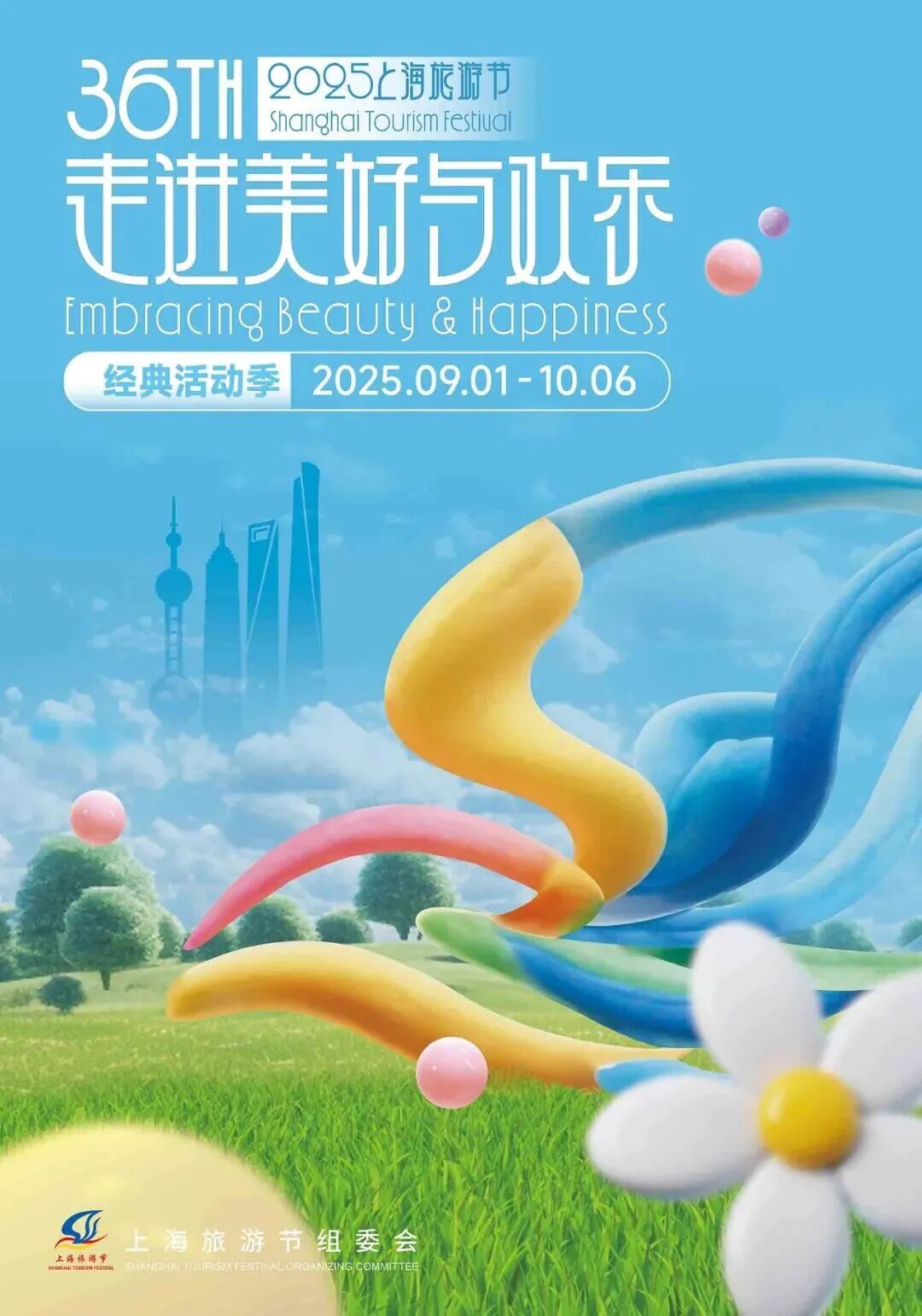
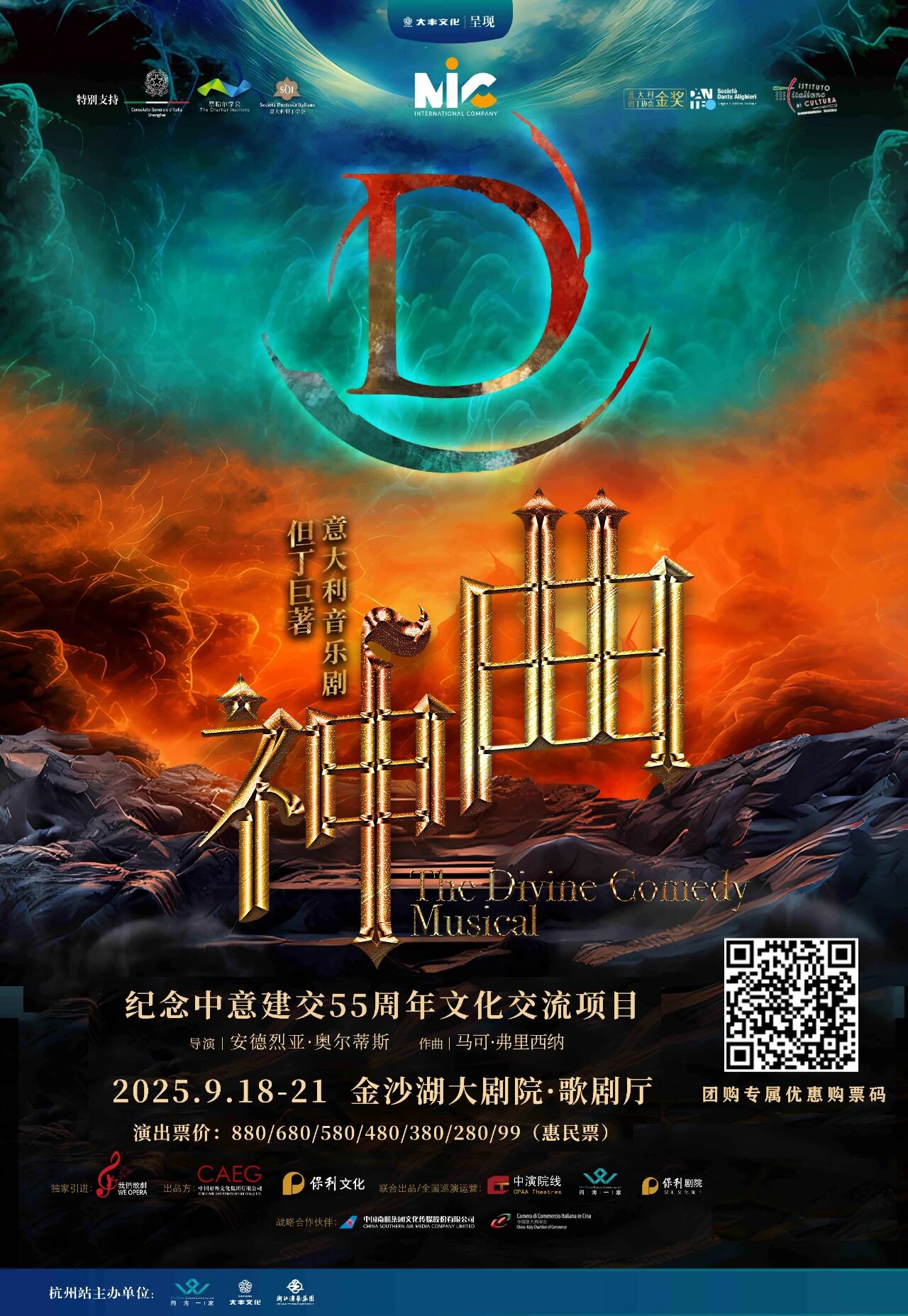





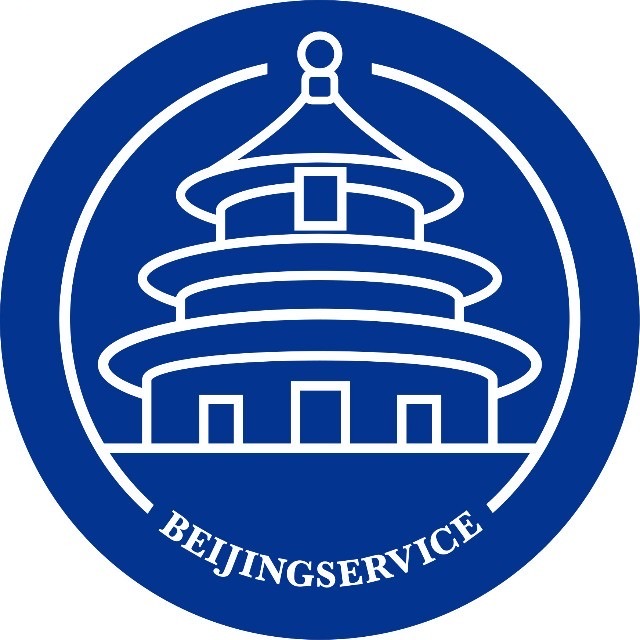
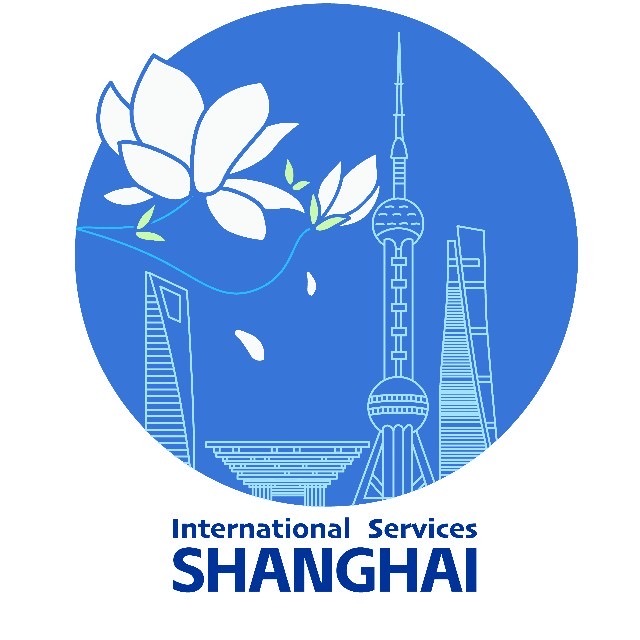



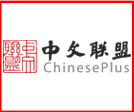
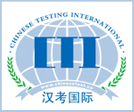
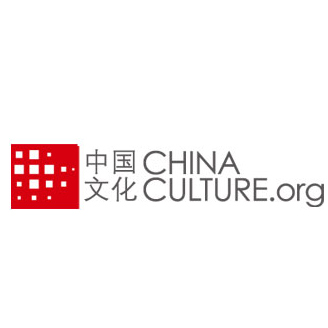
 京公网安备
京公网安备